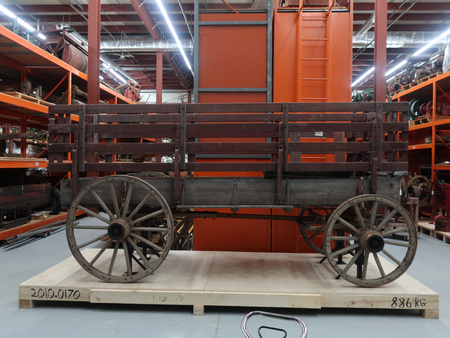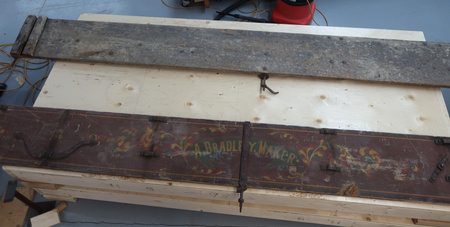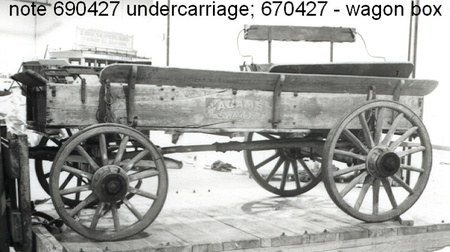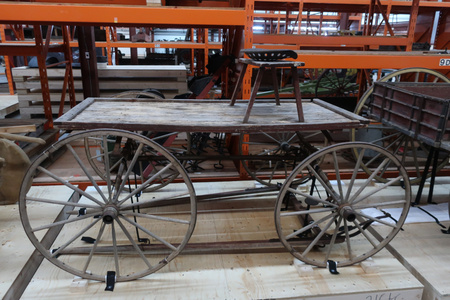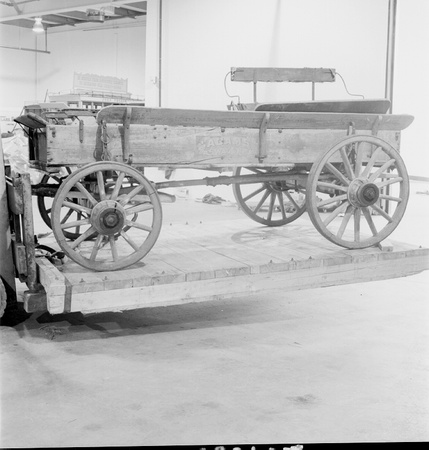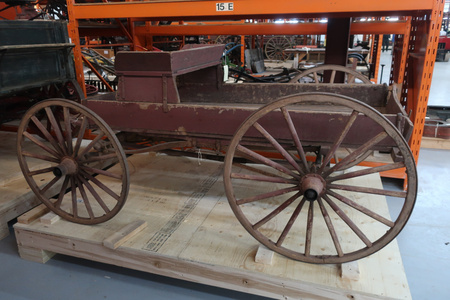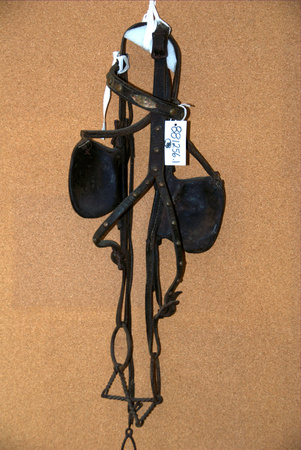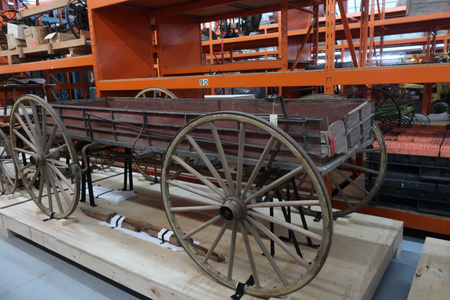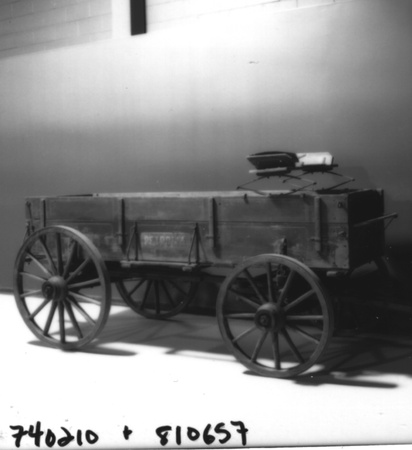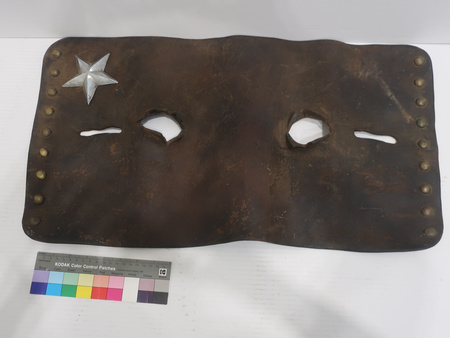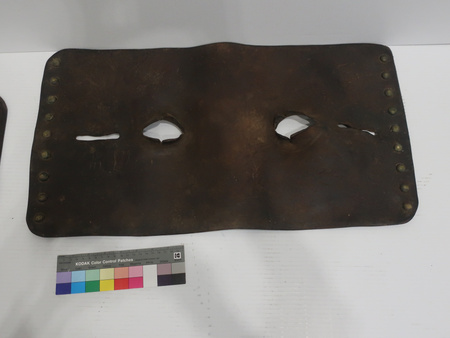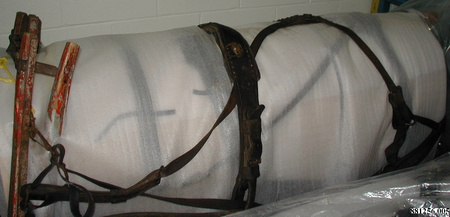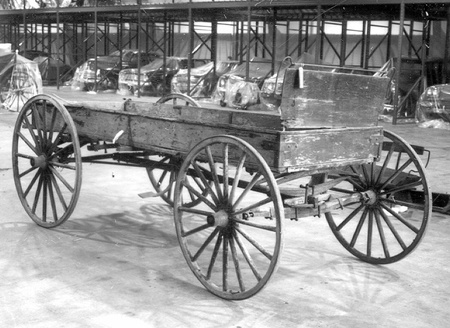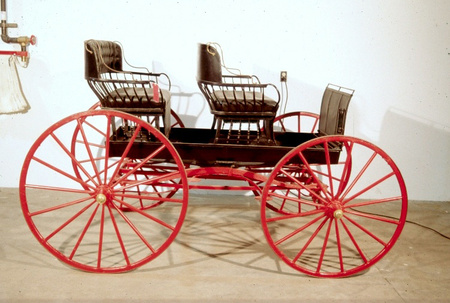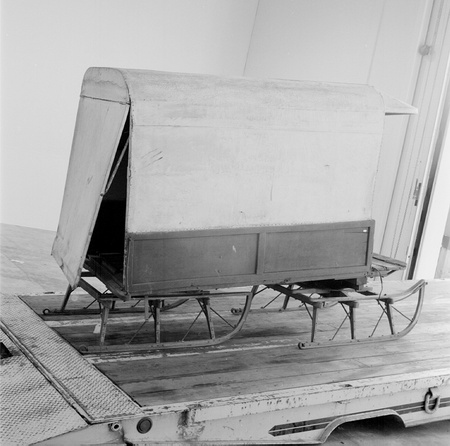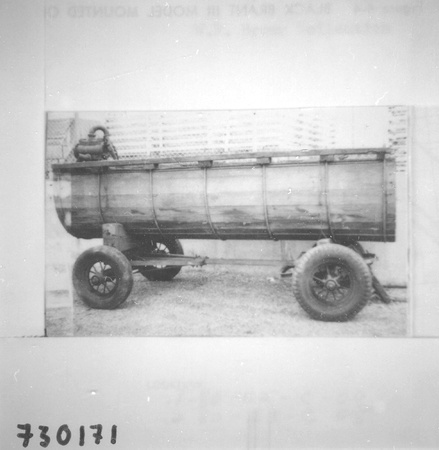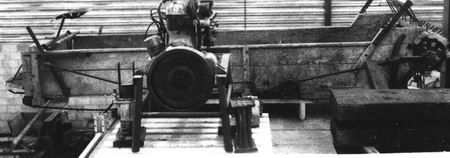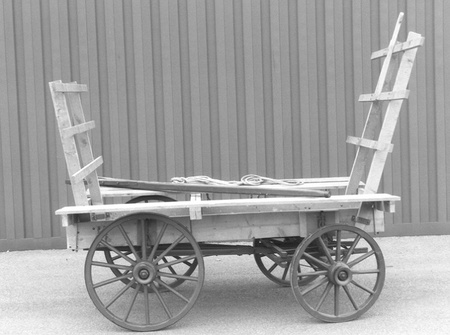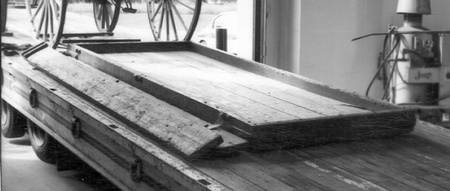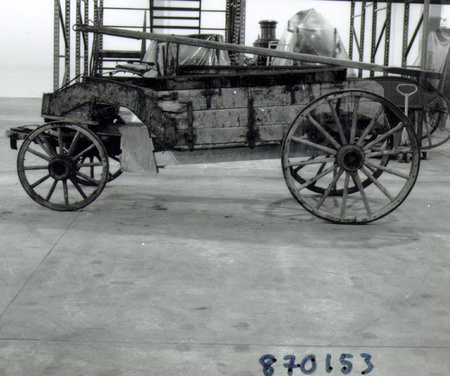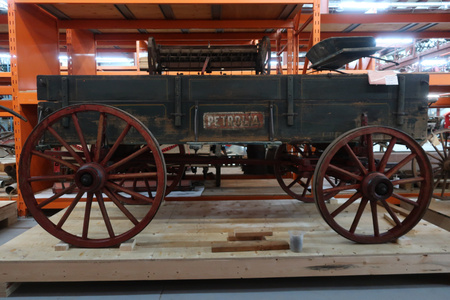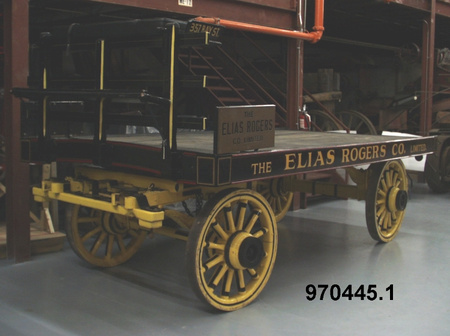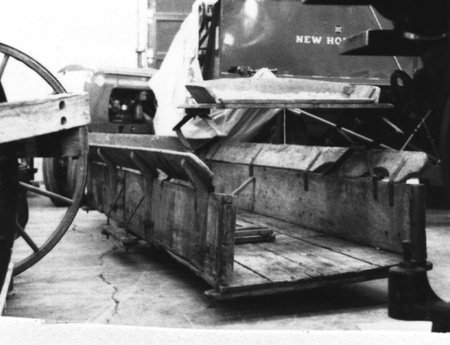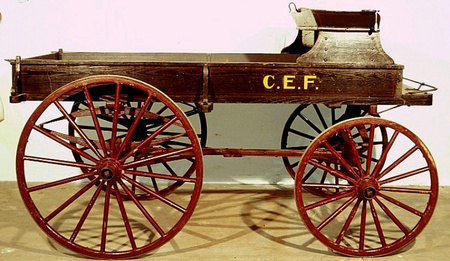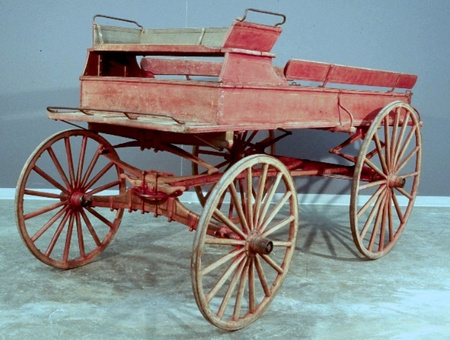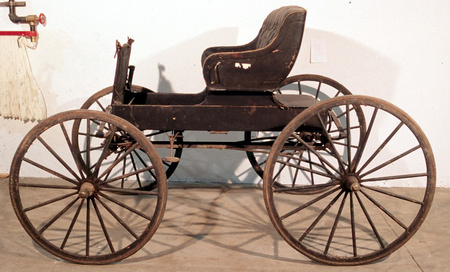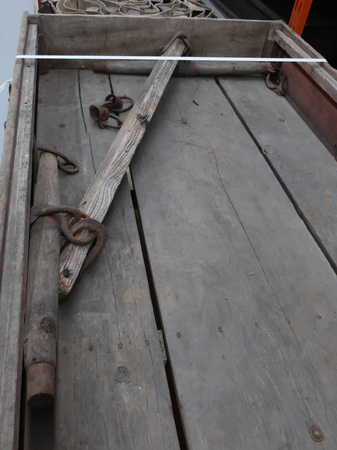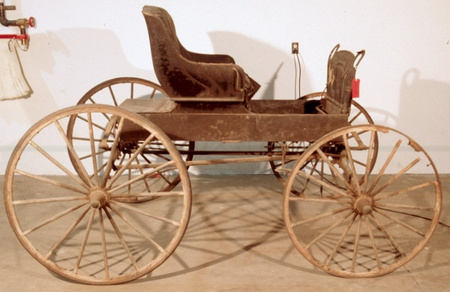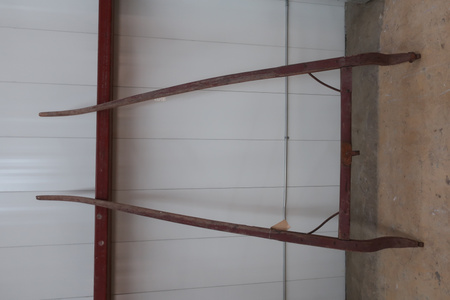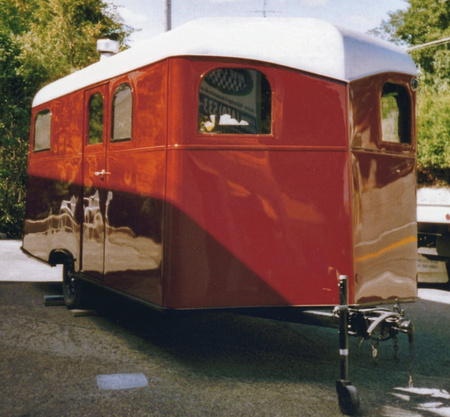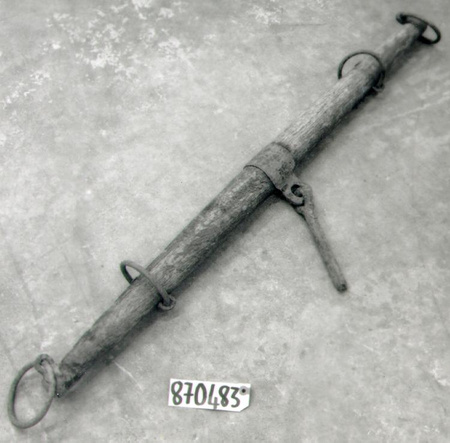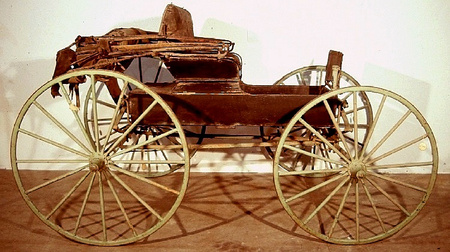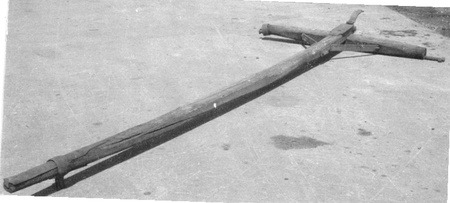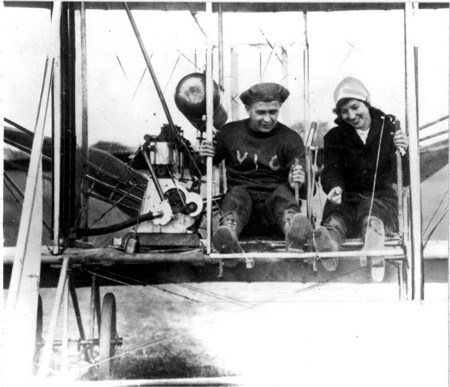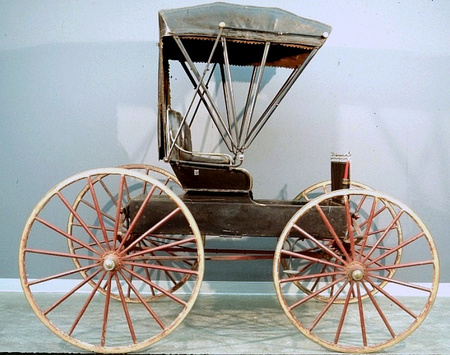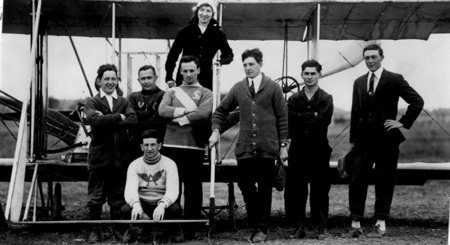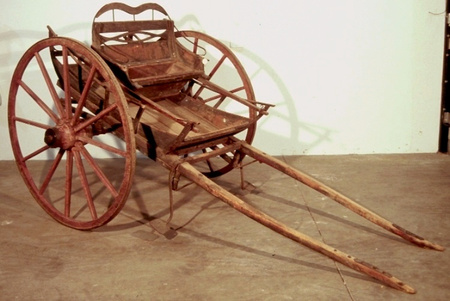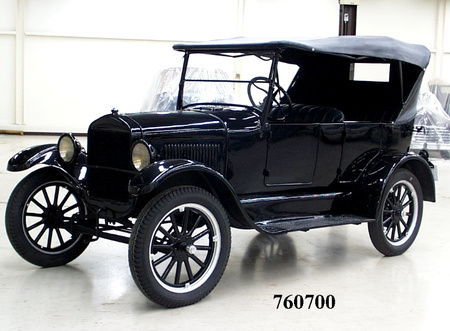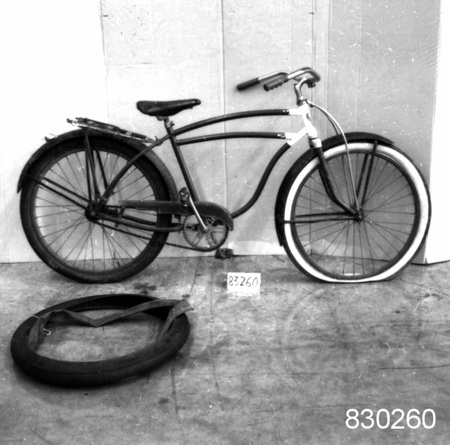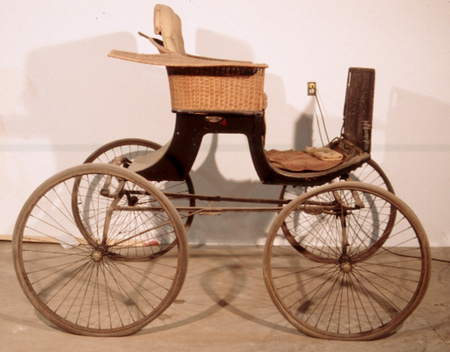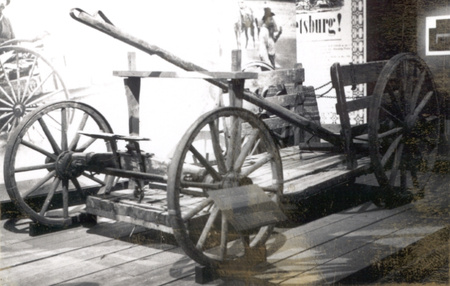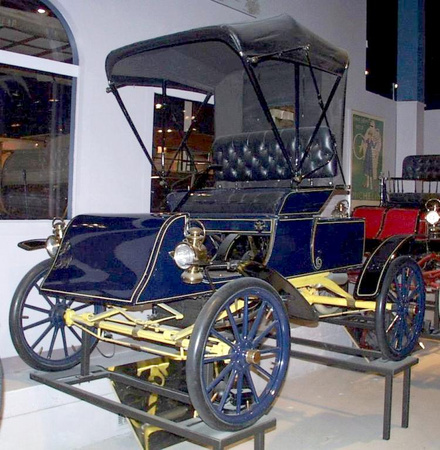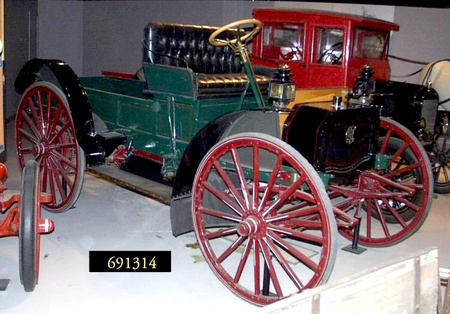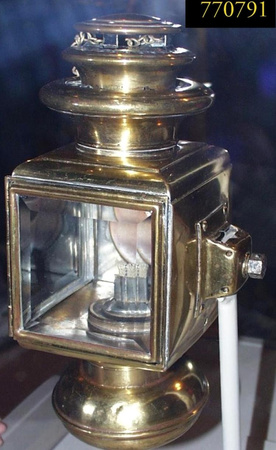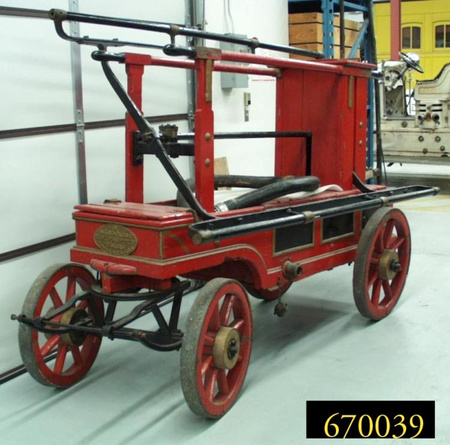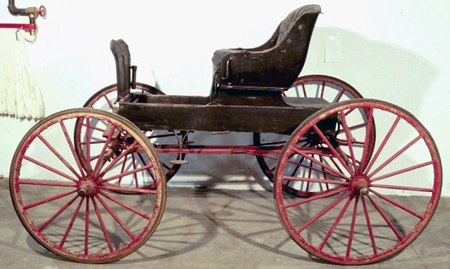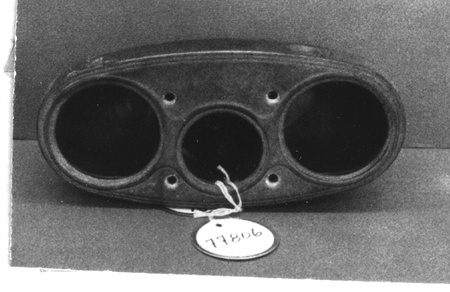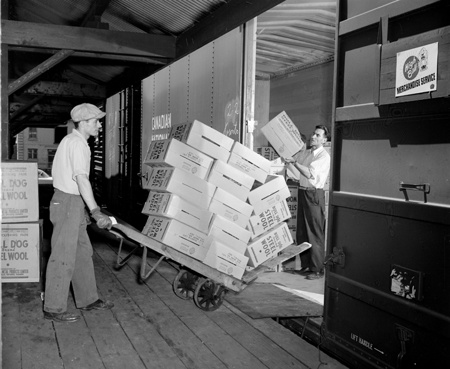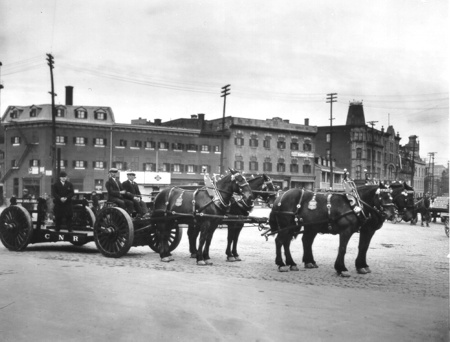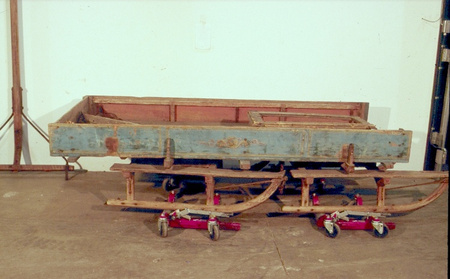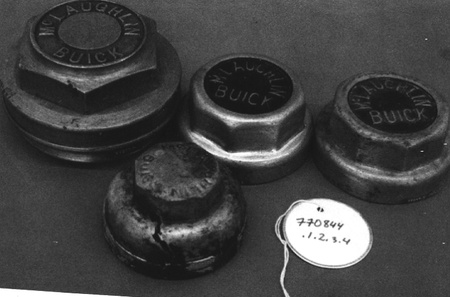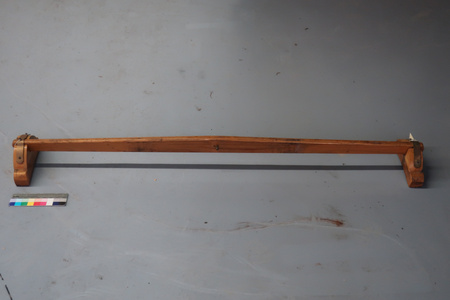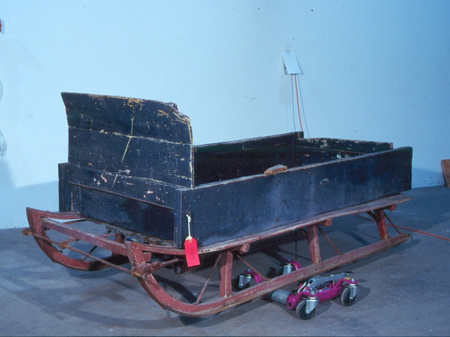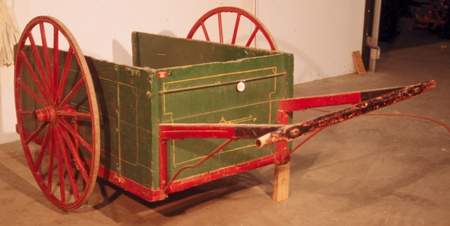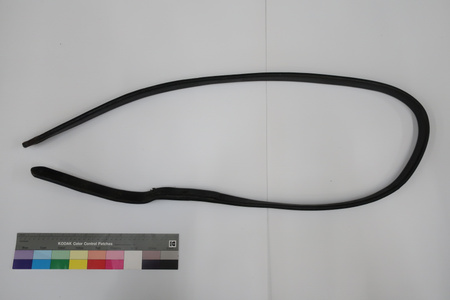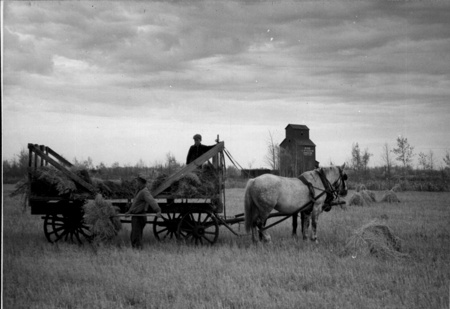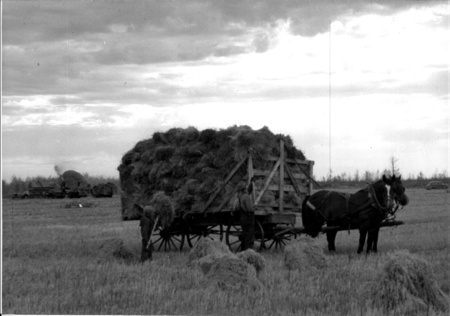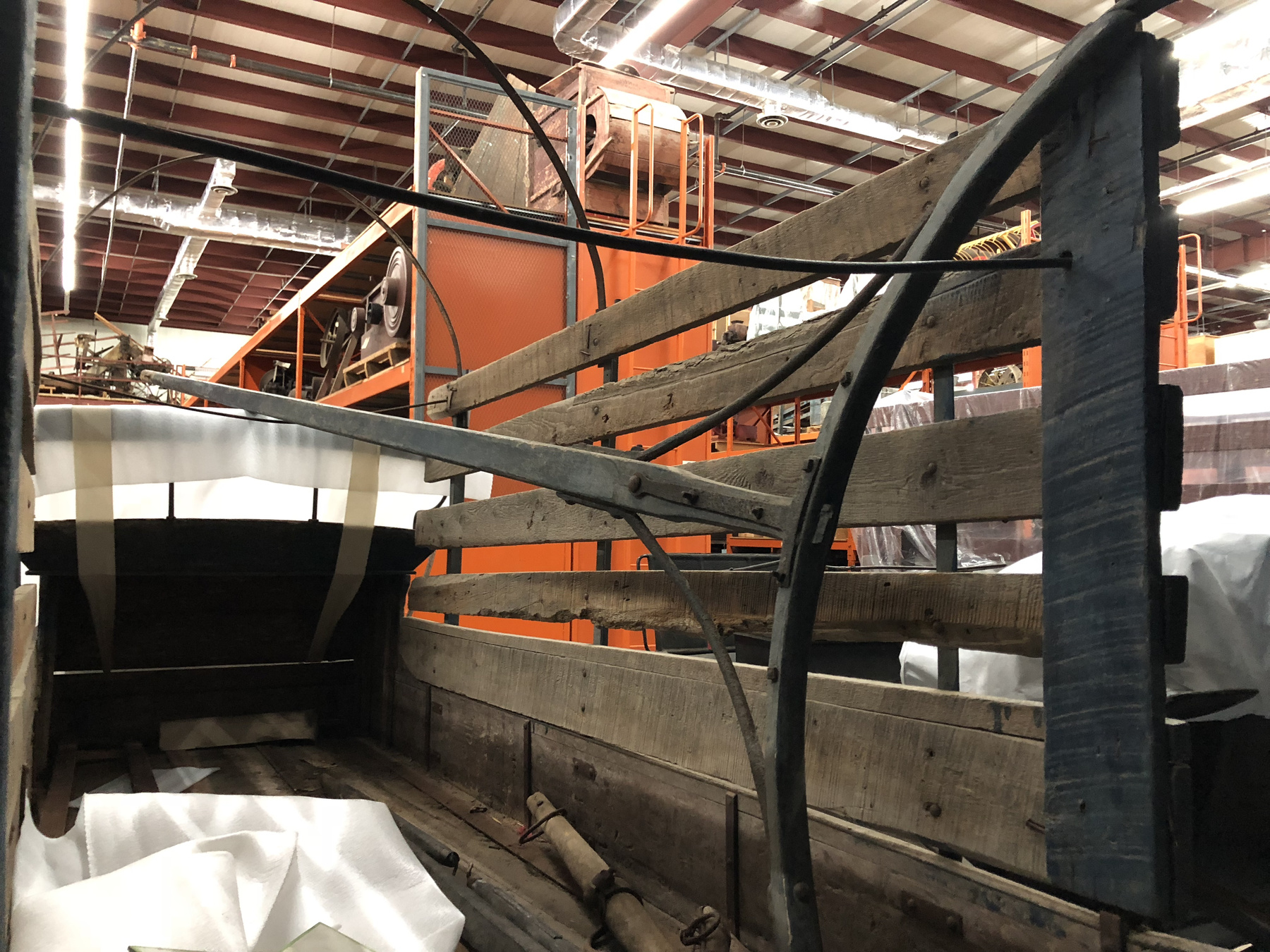Tongue
Use this image
Can I reuse this image without permission? Yes
Object images on the Ingenium Collection’s portal have the following Creative Commons license:
Copyright Ingenium / CC BY-NC-ND (Attribution-NonCommercial 4.0 International (CC BY-NC 4.0)
ATTRIBUTE THIS IMAGE
Ingenium,
2011.0009.002
Permalink:
Ingenium is releasing this image under the Creative Commons licensing framework, and encourages downloading and reuse for non-commercial purposes. Please acknowledge Ingenium and cite the artifact number.
DOWNLOAD IMAGEPURCHASE THIS IMAGE
This image is free for non-commercial use.
For commercial use, please consult our Reproduction Fees and contact us to purchase the image.
- OBJECT TYPE
- wagon
- DATE
- 1900
- ARTIFACT NUMBER
- 2011.0009.002
- MANUFACTURER
- Unknown
- MODEL
- Joe Zinger
- LOCATION
- Unknown
More Information
General Information
- Serial #
- N/A
- Part Number
- 2
- Total Parts
- 2
- AKA
- N/A
- Patents
- N/A
- General Description
- wood and metal
Dimensions
Note: These reflect the general size for storage and are not necessarily representative of the object's true dimensions.
- Length
- N/A
- Width
- N/A
- Height
- N/A
- Thickness
- N/A
- Weight
- N/A
- Diameter
- N/A
- Volume
- N/A
Lexicon
- Group
- Non-motorized Ground Transportation
- Category
- Animal powered
- Sub-Category
- N/A
Manufacturer
- AKA
- Unknown
- Country
- Unknown
- State/Province
- Unknown
- City
- Unknown
Context
- Country
- Canada
- State/Province
- Ontario
- Period
- Used regularly c. early 1900s-1930; used occasionally in 1950s- 1960s.
- Canada
-
This is what many horse drawn vehicle collectors refer to as a pedlar’s wagon. It is properly called a medium weight commercial wagon. It was used by Albert Zinger post 1900 to haul hardware from wholesale sources in Dundas, Ontario to Waterloo County for retail sale. After Mr. Zinger’s death in the 1930s it was stored in a shed on the Zinger family farm near Maryhill. It was used by his son Joseph in the 1950s and 60s in several local parades, which is when “Joe Zinger” was painted in the side of the box. Mr. Zinger Sr. pulled it with a grey Belgian horse and his son with two carriage horses. It is being sold at auction by Marjorie Zinger to finalize the estate of her late husband, Joe Zinger Jr. The wagon was used to haul goods from hardware manufacturers and wholesalers in the Hamilton area to Waterloo County. Mr. Zinger left Dundas, climbing the big hill heading westward up out of the valley (which his daughter-in-law Marjorie says explains whey he bought a wagon with brakes) and headed first to retail outlets in New Hamburg. After ‘overnighting” there he went on to drop off more material at the Zinger general store (this was operated by his uncle’s family) in Maryhill. After spending the night there he continued on to Crosshill with the remaining goods where he had a tinsmith’s shop. In order to cover his expenses he applied a small mark-up to the price of the goods that he sold. When his parents became ill in 1905 he moved to their farm just outside Maryhill to help them operate the farm. This is the farm where the wagon was stored and where the auction will be held. Mr. Zinger took advantage of his German-speaking abilities to focus on Waterloo County’s large Mennonite community. According to Marjorie Zinger despite being Catholic, his facility in English and German meant he could act as a conduit between the English-speaking wholesalers and his largely German-speaking Mennonite customers. Although retail sale of goods from wagons was a common practice in all parts of Canada, this vehicle’s story is certainly made more interesting due to this issue of language. The story of the Zinger family enterprise is well documented in Waterloo Township Through Two Centuries. Eventually with the rise of motorized transportation vehicles of this type would come to have been replaced by pick-up trucks. [Ref. 1] - Function
-
To transport small goods/hardware for retail sale. - Technical
-
This style of wagon was manufactured by many of Ontario’s horse drawn vehicle manufacturers such as Bayne Carriages, McLaughlin Carriage and the Brantford Carriage Company. In fact the latter firm would eventually branch into the manufacture of boxes for Ford light duty trucks in the late teens. The springs and turning circle were built of heavier stock to allow both ease of transportation of goods such as hardware and maneuvering in close quarters. The driver’s perch was mounted much higher than on a piano-box wagon to attempt to place the driver above the load being carried behind his head and to allow greater physical control over the horse or team being used to haul the vehicle. These vehicles were most often sold “in the white” meaning the purchaser was expected to paint it to suit their personal needs. In this instance, in addition to painting the vehicle Mr. Zinger Sr. also added horizontal boards along the length of the box to allow him to carry a much higher load than would have been possible as the vehicle came from the manufacturer. Given the relatively light weight of the material being transported and the fact that much of it would have been packaged in wooden crates it was completely feasible to build a high load without working the horse or team too hard. He also added three hoops over the width of the box to allow the use of a white canvas tarp to protect the goods in transportation. According to Mrs. Zinger the wagon came equipped with the brake system that was operated from the driver’s perch. This would have made transportation over rough or rolling terrain easier on both driver and horses. If it had not been so equipped it would have been necessary to use a brake shoe on each of the rear wheels when traversing steep hills. [Ref. 1] - Area Notes
-
Unknown
Details
- Markings
- None apparent
- Missing
- N/A
- Finish
- Greyish painted wooden tongue with metal brackets.
- Decoration
- N/A
CITE THIS OBJECT
If you choose to share our information about this collection object, please cite:
Unknown Manufacturer, Tongue, before 1900, Artifact no. 2011.0009, Ingenium – Canada’s Museums of Science and Innovation, http://collection.ingenium.ca/en/id/2011.0009.002/
FEEDBACK
Submit a question or comment about this artifact.
More Like This

